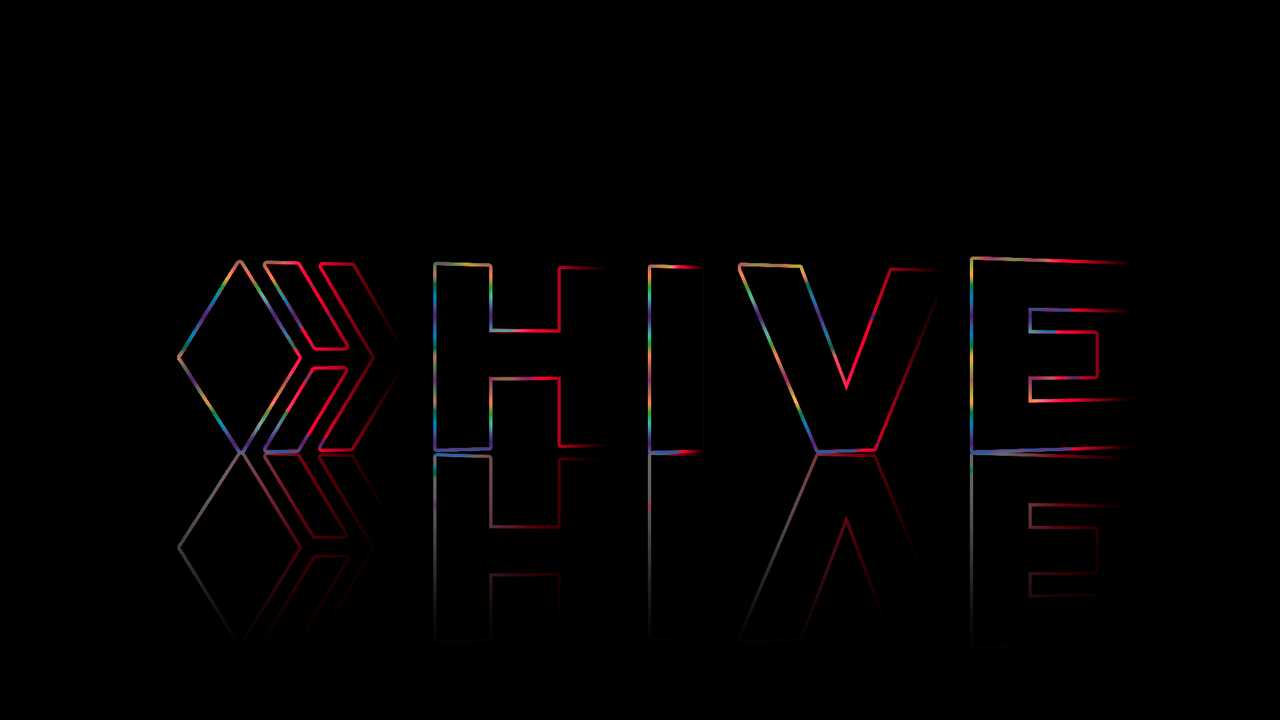What is a Blockchain?
hive-167922·@dragon-ti·
0.000 HBDWhat is a Blockchain?
**What is a Blockchain?**  A blockchain is a digital record of transactions stored on a decentralized network that cannot be modified. Each block contains a list of transactions and a reference to the previous block, making it impossible to modify or delete transactions after the fact. This technology was originally developed to ensure the security of Bitcoin transactions, but is now used in many industries and applications, such as finance, supply chain, identity management and more. A blockchain consists of blocks that are chained together and contain transactions. Each block contains a list of transactions and a reference to the previous block. This makes it possible to verify the integrity of the transactions and ensure that they cannot be changed. In a decentralized blockchain, there is no central authority that monitors or processes the transactions. Instead, transactions are processed by a network of participants called "nodes." Each node holds a copy of the entire blockchain, and each transaction must be confirmed by a majority of the nodes before it is added to the blockchain. Blockchains can exist in different forms and differ in their functions. Some examples of types of blockchains are: Public Blockchains, such as Bitcoin and Ethereum; Permissioned Blockchains, such as Hyperledger; or Consortium Blockchains. Each blockchain has its own rules and mechanisms that govern how transactions are processed and who has access to the network. In any case, the blockchain's decentralized structure and ability to not alter data allows for the creation of secure and transparent business processes that do not depend on a central authority.<br> <br> **Explanation of the Blockchain 2.0**  Blockchain 2.0, also referred to as "smart contracts," refers to the use of blockchains to execute smart contracts. A smart contract is a digital contract that is automatically executed when certain conditions are met. This allows transactions to be executed without the need for a third party to act as an intermediary. Ethereum is one of the most well-known platforms for developing smart contracts and has been a major influence on the concept of Blockchain 2.0. Ethereum allows developers to create their own decentralized applications (DApps) that run on the Ethereum blockchain and enable the use of smart contracts. Smart Contracts allow processes and business operations to be executed automatically, saving time and money. They can be used in many industries and applications, such as finance, supply chain management, energy, and healthcare. Unlike Blockchain 1.0, which was mainly used for transferring cryptocurrencies, Blockchain 2.0 allows the use of smart contracts, which enables the automation of business processes, increasing the efficiency and transparency of transactions.<br> <br> **Advantage of the Blockchain**  **Security:** Blockchains are very secure because the data in each block is protected with cryptography and each transaction must be confirmed by a network of participants before it is recorded in the blockchain. This makes it nearly impossible to alter or delete the data in a blockchain. **Transparency:** Blockchains allow transactions to be transparent, as each participant has a copy of the entire blockchain and each transaction is visible to everyone. This makes it possible to represent processes and business procedures transparently and thus ensure the integrity of transactions. **Decentralization:** blockchains are decentralized, which means that there is no central authority that monitors or processes transactions. This allows processes and business operations to be executed independently of a central authority, reducing dependence on third parties. **Automation:** with smart contracts executed on the blockchain, processes and business operations can be executed automatically, saving time and costs. **Application areas:** Blockchains have many applications in various industries, such as finance, supply chain management, energy sector, identity management and more.<br> This technology is a great advantage for many companies and governments thereby increasing their processes and business operations more security, transparency and efficiency. <br> **Disadvantage of the Blockchain**  **Scalability:** Some blockchain systems have scalability issues, meaning they are unable to process a large number of transactions per second. This can result in transactions taking longer to confirm and transaction processing fees increasing. **Energy consumption:** some blockchain systems, especially those based on the proof-of-work consensus mechanism, consume a large amount of energy. This can lead to high costs and a negative impact on the environment. **Regulation:** blockchains are decentralized, but there is still the possibility of regulators placing restrictions on their use. This can result in certain applications of Blockchains not being allowed or companies having difficulty offering their services. **Anonymity:** although blockchains offer transparency, the anonymity of participants can be a problem, especially when it comes to preventing illegal activity. **Cost:** Although blockchain technology itself is free, it may be the cost of processing transactions and developing decentralized applications that can become a hurdle for some companies or individuals. **Lack of standardization:** There are many different types of blockchains and cryptocurrencies, and there are not yet any universally accepted standards or regulations governing the interoperability and exchange of value and data between these different platforms.<br> The drawbacks are slowly diminishing as blockchain and cryptocurrencies continue to evolve.<br> <br> <br> The images are from Pixabay. It took me a very long time to put this info together so that it makes sense. It was not easy. Especially to write in english. I needed the deepl for that. Will write more about cryptocurrencies from now on.  (by @doze) Posted Using [LeoFinance <sup>Beta</sup>](https://leofinance.io/@dragon-ti/what-is-a-blockchain)
👍 aichanbot, mypathtofire, mypathtofire2, smartvote, carcio84, alexis555, starthilfe, felix.herrmann, vbnm21, rich.art.deluxe, kryptodenno, tingtong, wilbur-walsh, shinpurple, matt-kirby, augustimo, manniman, hive-data, fnvdesigns, hive-180580, condeas, danielhuhservice, clau-de-sign, wissenskrieger, mister.reatard, mithivehabzahlen, der-prophet, an-sich-wachsen, sbi4, dagger88, thedrummerboy, borsengelaber, dividendencheck, siphon, hivebuzz, cwow2, fengchao, arcange, achimmertens, shainemata, laruche, rohansuares, walterjay, felt.buzz, pboulet, ykretz, waivio.welcome, waivio.com, alucian,